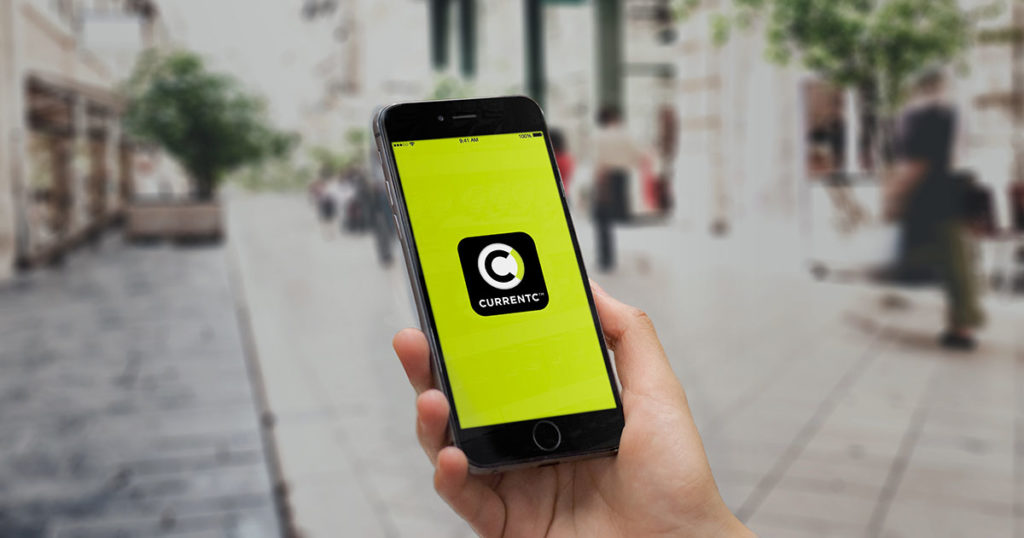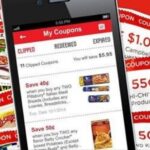If you were looking forward to paying for your groceries, and having your digital coupons deducted, with one, seamless, easy-to-use app on your phone – don’t get your hopes up. An eagerly-promoted partnership that promised to do just that, may be dead in the water before it even had much of a chance to have an impact.
The retail consortium Merchant Customer Exchange (MCX) recently confirmed that its CurrentC mobile payment platform is being put on the back burner. “MCX has made a decision to concentrate more heavily in the immediate term on other aspects of our business,” CEO Brian Mooney said in a statement. “As part of this transition, MCX will postpone a nationwide rollout of its CurrentC application.” (Update: on June 8th, MCX announced it would be ending its CurrentC pilot program, and closing all user accounts on June 28th. “We have not yet determined the future timing of CurrentC,” the company said.)
A byproduct of that decision, is the sidelining of a potentially revolutionary digital coupon platform.
CurrentC launched as a pilot program last year in Columbus, Ohio. It allows you to link a payment method to an app and pay by scanning your smartphone – no cash, credit or debit cards required.
Retailers like Starbucks, Chipotle and Dunkin’ Donuts already offer their own popular mobile payment platforms. And there are mobile wallets like Apple Pay and Google Wallet that you can use virtually anywhere that accepts mobile payments. But CurrentC aims to combine the best of both worlds – you can use it at any one of dozens of different retailers, because it’s run by the participating retailers themselves. Think of a Starbucks app that you can also use to pay for gas, or groceries. Plus, the fact that it’s run by retailers allows CurrentC to offer benefits that generic mobile payment methods like Apple Pay don’t.
Like coupons.
Last summer, MCX announced that it was partnering with digital coupon provider Inmar, to become the first mobile wallet to integrate digital manufacturer’s coupons. That means you can clip coupons within the CurrentC app itself, and have them automatically deducted from your total when you scan the app to pay.
If it doesn’t sound so revolutionary at first blush, think about what it’s like to pay for your purchases at Target. If you have mobile coupons, you have to open the link in your text message and display a bar code on your phone. If you also use Cartwheel, you then have to open that app and have the cashier scan a separate bar code. If you’re in one of the areas where Target is testing its new loyalty program, you have to open yet another app, and scan another bar code. And if Target accepted payments from a mobile wallet like Apple Pay (which it doesn’t yet), guess what – that would involve still another app, and another bar code.
And this is supposed to be convenient?
Being able to clip coupons within CurrentC cuts down on all the separate apps and bar codes, and allows your coupons to be applied to your purchase anywhere that CurrentC is accepted. It would be like being able to pay via your Kroger Plus or Safeway Club account, without having to pull out a separate payment card.
Since the CurrentC/Inmar announcement, though, Target has begun working on developing its very own payment platform, and combining some of its separate apps and bar codes into one. And Walmart is beginning a major rollout of its own Walmart Pay mobile payment service.
And that fragmentation, with various retailers starting to do their own thing, may be what stands in the way of CurrentC expanding any further beyond Columbus.
“I thought CurrentC had a lot of momentum behind it,” ProLogic Retail Services CEO Ross Ely told Coupons in the News. “But imagine the difficulty of Walmart, Target, CVS and others working together on a thing like this.”
Like CurrentC, which provides mobile payment services to retailers that may not have the ability to offer their own, ProLogic provides loyalty marketing services to smaller retailers in similar situations. But in the case of CurrentC, Ely said fragmentation may not be such a bad thing. Like the Starbucks app, which keeps track of your loyalty points, and the Dunkin’ Donuts app, which provides special offers and discounts, retailer-specific payment platforms may be able to personalize the mobile payment experience in a way that a one-size-fits-all app like CurrentC might not. “There needs to be an incentive,” Ely said. “Otherwise it doesn’t solve any shopper needs.”
CurrentC may offer manufacturer’s coupons, but if your favorite stores end up doing the same within their own payment apps, maybe you don’t need a CurrentC at all.
In the end, it’s all going to depend on shopper demand – and shoppers aren’t quite clamoring for mobile wallets and integrated coupons and discounts just yet. “It’s off to a slow start. It is poorly marketed and promoted at the checkstand,” Ely said. Plus, “the current system is not broken. Paying with a credit or debit card is not that hard today.”
Juggling multiple apps and bar codes is indeed a lot harder than simply swiping a plastic card. But so, too, is having a separate payment app and digital coupon platform for every store you visit. Whether mobile payments end up going mainstream could depend on what’s most convenient, and best for your wallet – whether that wallet is ultimately in your purse, or on your phone.














